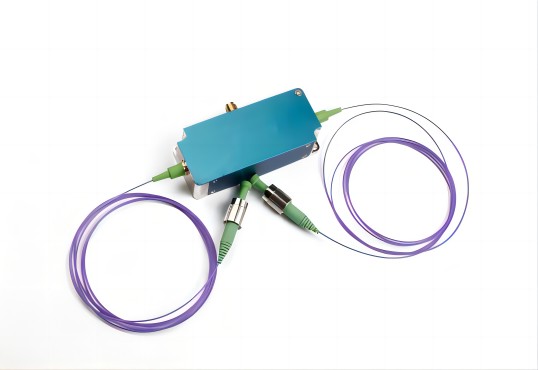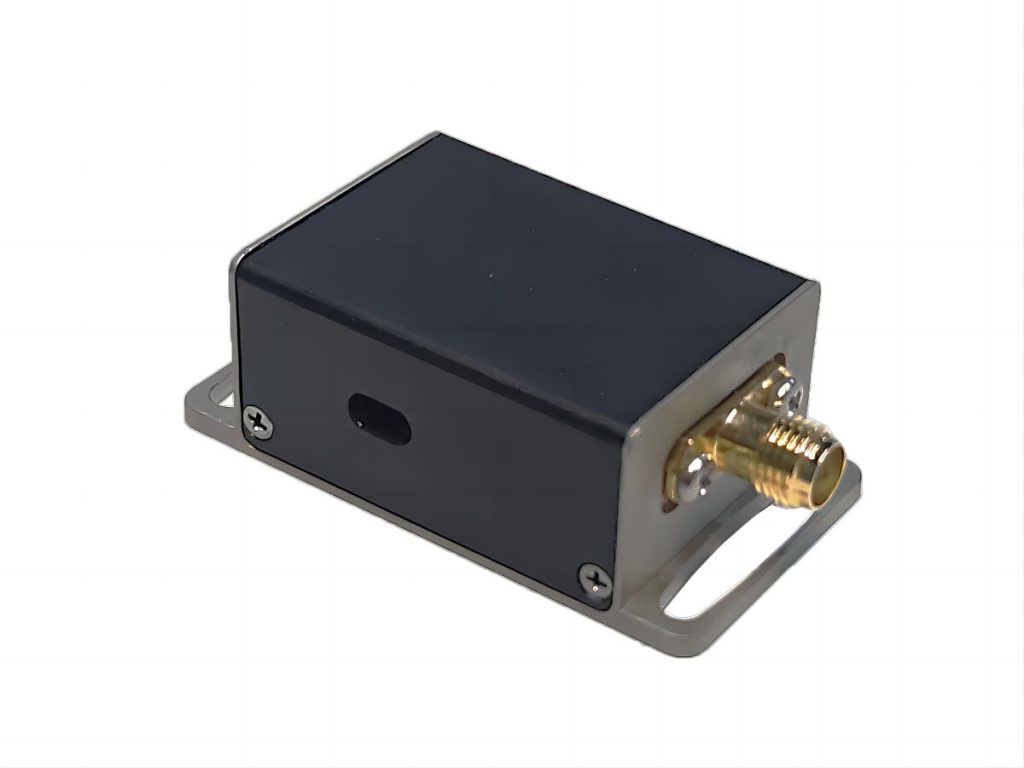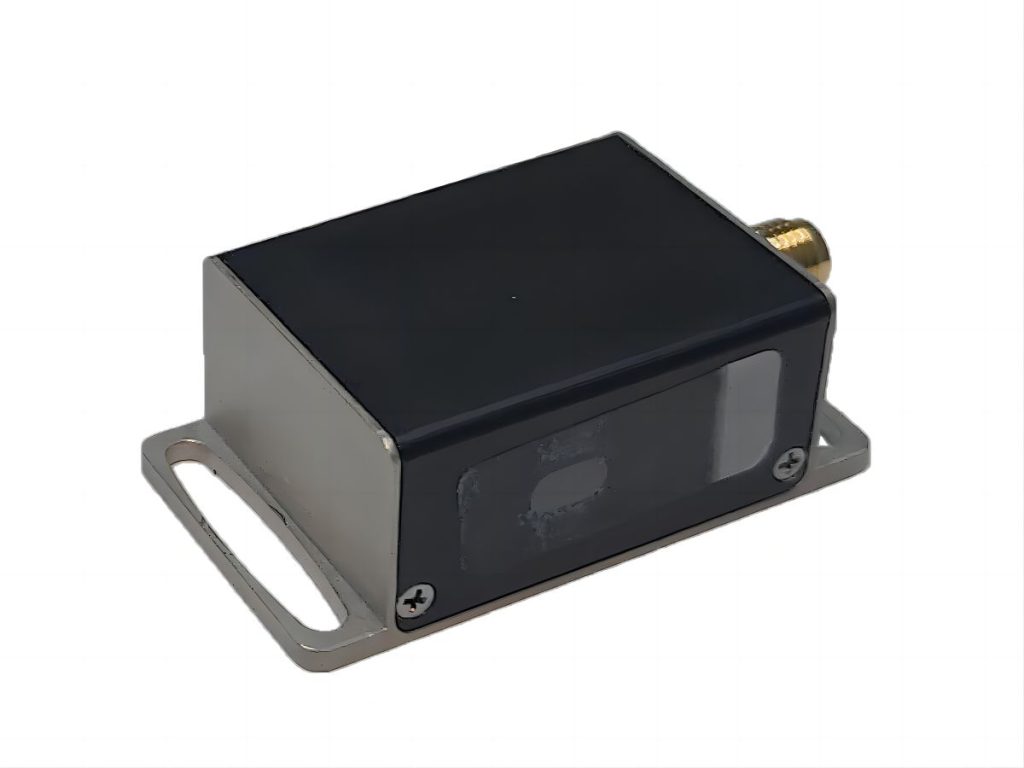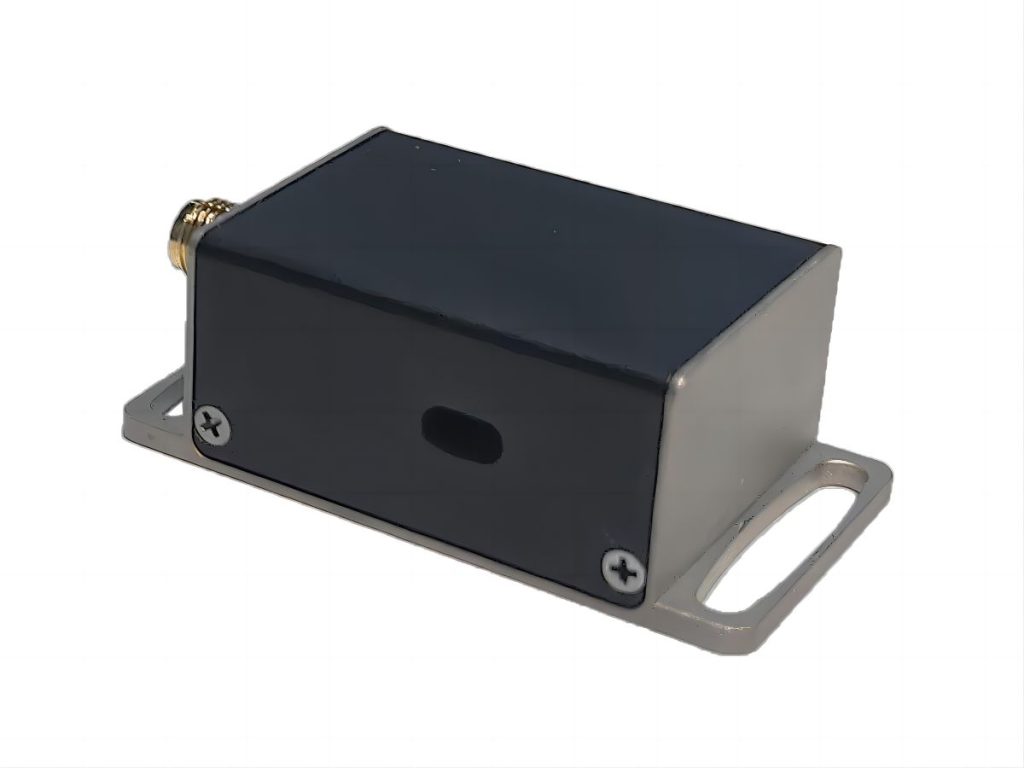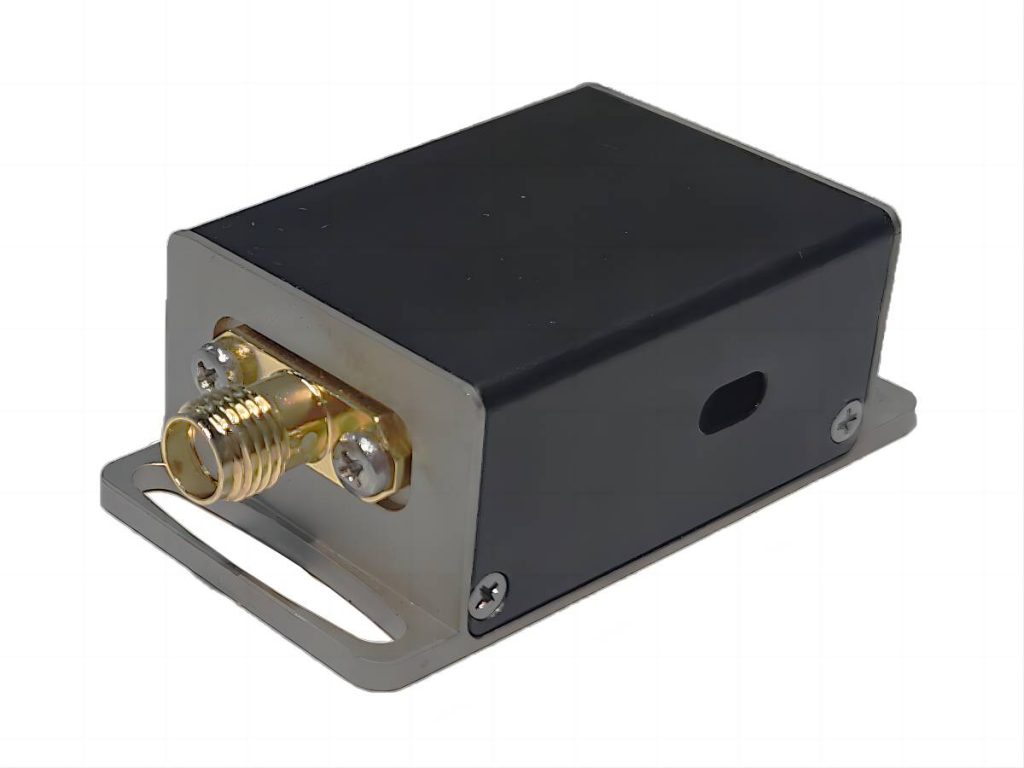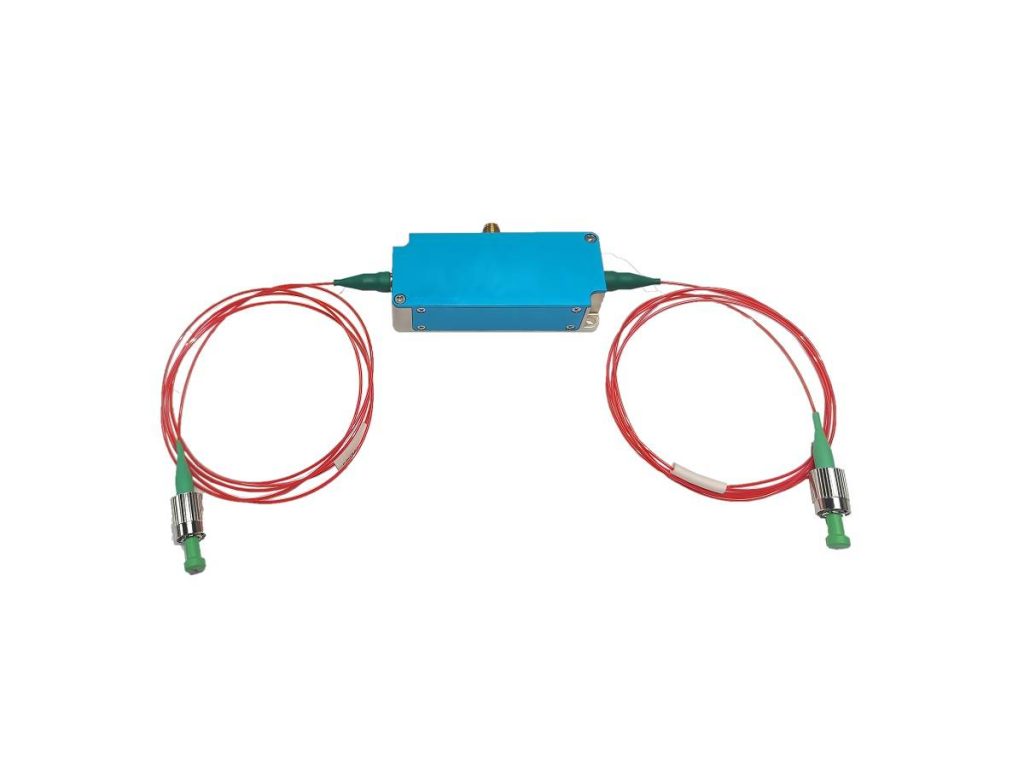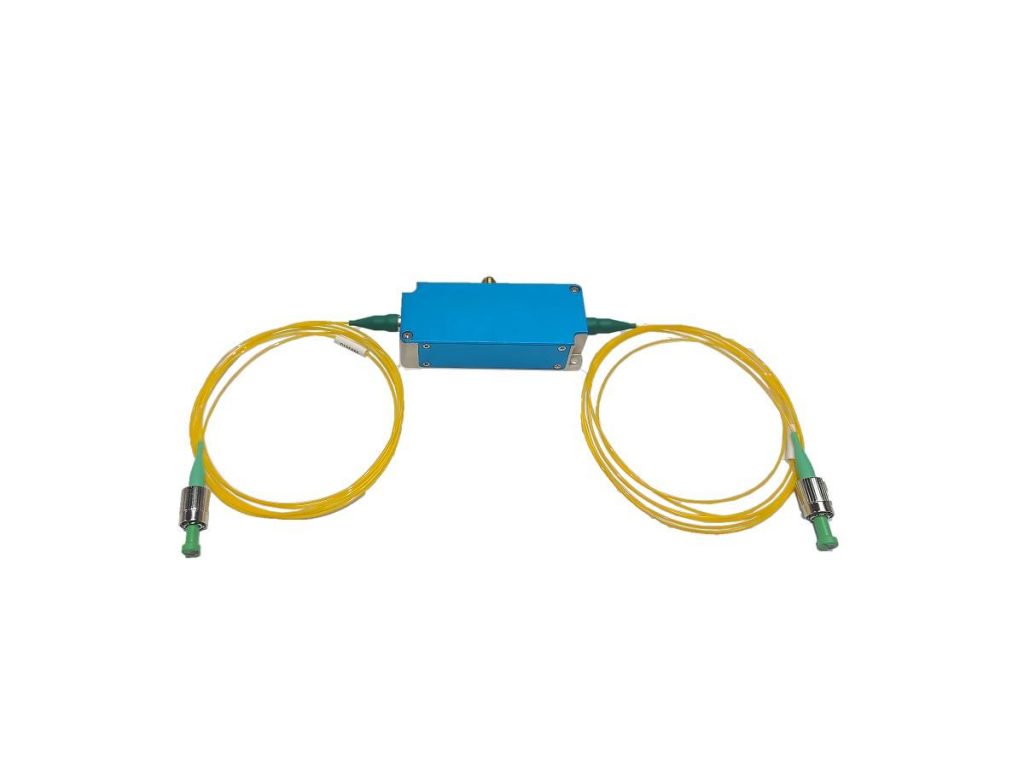3 Applications of Acousto Optic Modulators in Quantum Optics
Acousto optic modulators (AOMs) have long been a cornerstone of classical optics, renowned for their ability to efficiently control the intensity and frequency of light beams. In recent years, however, AOMs have emerged as indispensable tools in the burgeoning field of quantum optics. This article explores the applications of AOMs in quantum optics, focusing on quantum information processing, quantum metrology, and quantum communication.

Applications of AOMs in Quantum Information Processing
Generation and Manipulation of Quantum Bits
Quantum information processing hinges on the manipulation of quantum bits (qubits), the core units of quantum information. AOMs are invaluable tools for generating and controlling qubits through several techniques.
Generating Single-Photon States: A key application of AOMs in quantum optics is the generation of single-photon states. By modulating a laser beam with an AOM, researchers can produce light pulses containing a precise number of photons. This capability is crucial for various quantum applications, as single photons often represent qubits. The high precision of AOMs enables efficient single-photon generation, supporting the scalability of quantum technologies.
Entanglement Between Qubits: AOMs also facilitate the entanglement of qubits. By using an AOM for interference and phase modulation, researchers can create entangled states, essential for quantum computing and communication. These entangled photons are key for applications like quantum teleportation and superdense coding. The versatility and control provided by AOMs make them essential for generating the complex states necessary in quantum information processing.
Quantum Logic Gates
Another significant application of AOMs is in the implementation of quantum logic gates, which serve as the fundamental building blocks of quantum circuits, similar to classical logic gates in traditional computing. AOMs can construct basic quantum gates, such as the CNOT gate, by manipulating the amplitude of light beams.
This process involves using AOMs to regulate the interactions between different photon states, enabling operations on qubits. Such precise control is vital for executing quantum algorithms and processing information in quantum computers. As the field evolves, AOMs are expected to play an increasingly prominent role in developing more complex quantum gates, contributing to scalable quantum processors.
Quantum Computing
The integration of AOMs in quantum computing offers promising opportunities. They enable the development of large-scale quantum computers by providing effective methods for qubit manipulation and control. As researchers tackle challenges related to quantum coherence and error correction, AOMs are likely to become central elements in the architecture of future quantum computing systems.
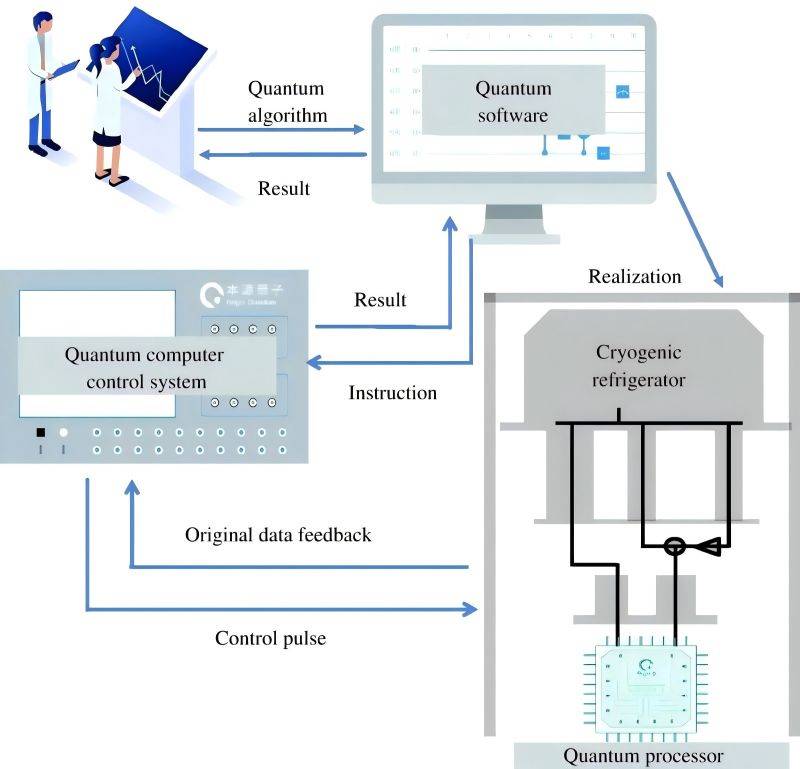
Applications of AOMs in Quantum Metrology
1. Quantum Sensors
Quantum sensors leverage quantum phenomena to achieve exceptional sensitivity and precision in measurements. AOMs enhance the performance of these sensors through advanced modulation techniques.
Improving Sensitivity: By finely tuning the optical fields involved in quantum measurements, AOMs can significantly improve the sensitivity of quantum sensors. For instance, in atomic interferometry, AOMs can modulate laser beams to optimize the conditions under which atomic transitions occur, resulting in higher precision measurements. This capability is particularly valuable in applications such as gravitational wave detection and other precision measurement scenarios.
Quantum Noise Suppression: Quantum noise poses a significant challenge in high-precision measurements. AOMs can be employed to suppress quantum noise by manipulating the light fields in a way that reduces the uncertainty associated with measurements. This is achieved through techniques such as squeezed light generation, where AOMs help create non-classical states of light that exhibit reduced fluctuations. The result is enhanced measurement accuracy, crucial for applications in fundamental physics and engineering.
2. Quantum Imaging
Quantum imaging techniques, such as super-resolution imaging and ghost imaging, can also benefit from AOMs. These methods exploit quantum correlations between photons to achieve imaging capabilities beyond classical limits.
Super-Resolution Imaging: In super-resolution imaging, AOMs can modulate the light used in imaging systems, allowing for the reconstruction of images with resolutions exceeding the diffraction limit. This technique has applications in biological imaging, materials science, and nanotechnology, where observing fine details is essential.
Ghost Imaging: Ghost imaging involves correlating the detected light with the light that has not interacted with the object being imaged. AOMs can be used to create the necessary light fields and control their properties, enabling the implementation of ghost imaging protocols. This technique has the potential to enhance imaging in low-light environments and improve the quality of images captured in challenging conditions.

Applications of AOMs in Quantum Communication
1. Quantum Key Distribution (QKD):
AOMs are crucial components in the implementation of Quantum Key Distribution (QKD), a secure method for transmitting cryptographic keys. In QKD protocols, a pair of entangled photons is generated and distributed between two parties. AOMs are used to:
Generate single photons: AOMs can produce single photons, which are essential for QKD as they are indivisible and cannot be copied without being detected.
Modulate photon states: AOMs can manipulate the quantum states of photons, such as their polarization or phase, to encode information.
Measure photon states: By controlling the timing and frequency of acoustic waves, AOMs can be used to measure the quantum states of photons received from the other party.
By performing these tasks, AOMs help establish a quantum channel that is inherently secure against eavesdropping. If an eavesdropper attempts to intercept or measure the photons, they will inevitably disturb the quantum states, making their presence detectable.
2. Quantum Teleportation:
AOMs also play a pivotal role in quantum teleportation, a process that allows the transmission of quantum information over long distances without physically transporting the quantum state. In quantum teleportation, a quantum state is transferred from one location to another by using entanglement and classical communication. AOMs are used to:
Create entangled pairs: AOMs can be used to generate entangled pairs of photons, which are essential for quantum teleportation.
Measure and transmit classical information: AOMs can be used to measure the quantum state of one of the entangled photons and transmit the classical measurement results to the other party.
Perform quantum operations: AOMs can be used to perform quantum operations on the remaining entangled photon, effectively teleporting the quantum state from the first location to the second.
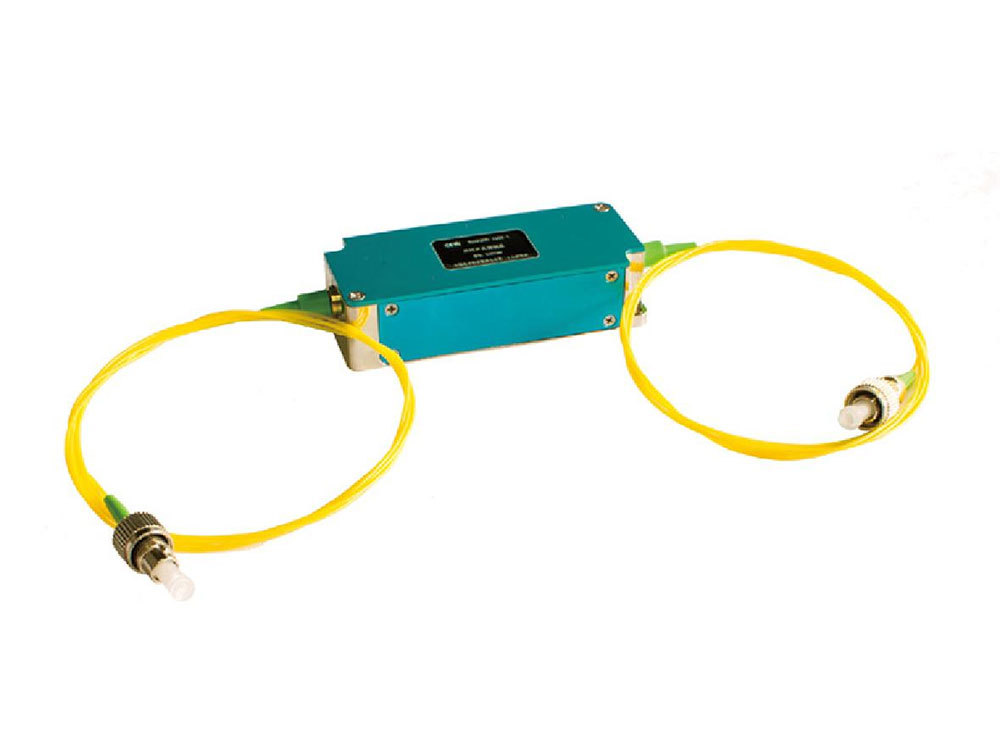
Acousto-optic modulators (AOMs) are emerging as essential tools in the rapidly growing field of quantum optics. Their ability to precisely modulate light at high speeds makes them invaluable in various quantum applications, including quantum information processing, quantum metrology, and quantum communication. As quantum technologies continue to evolve, the role of AOMs in generating, manipulating, and transmitting quantum information will likely expand, paving the way for new advances in quantum computing, secure communication, and ultra-precise measurement systems. By bridging the gap between classical optical systems and cutting-edge quantum technologies, AOMs are set to play a pivotal role in the future of quantum science and technology.

